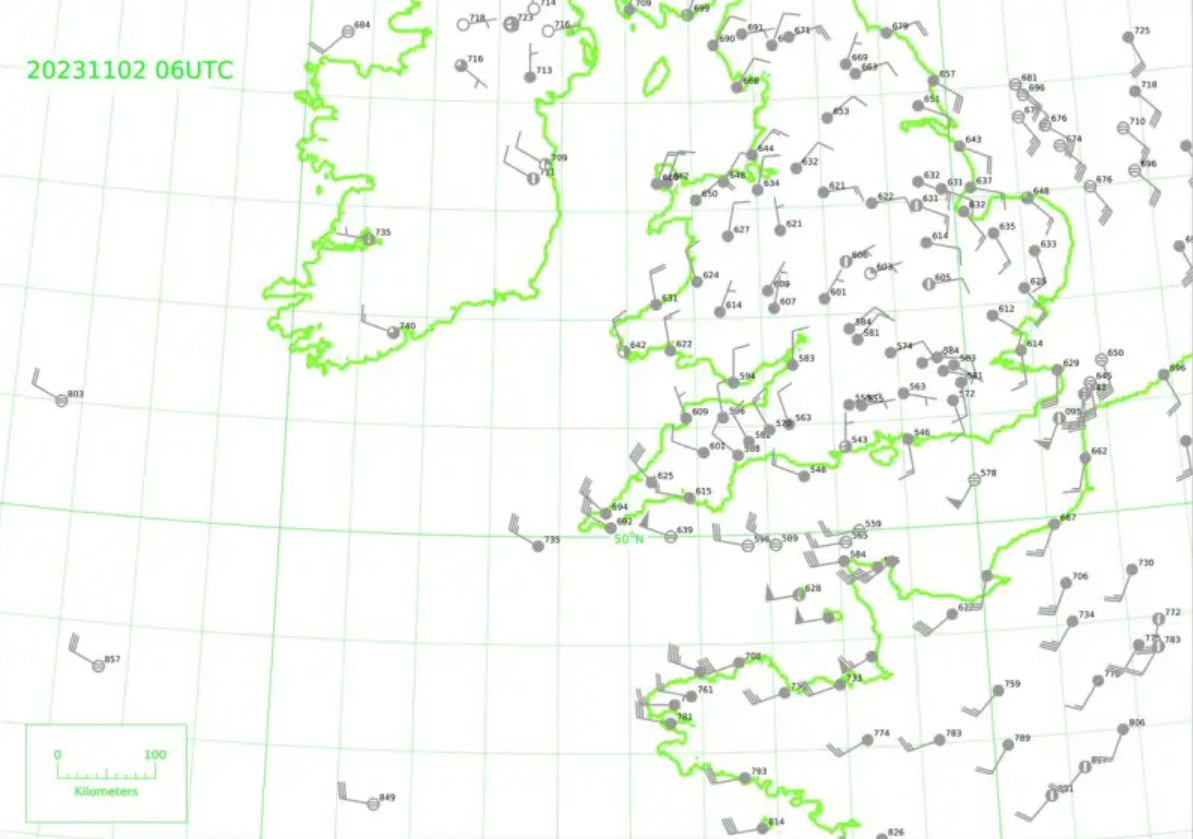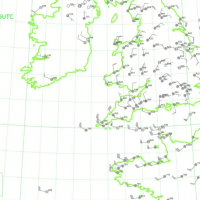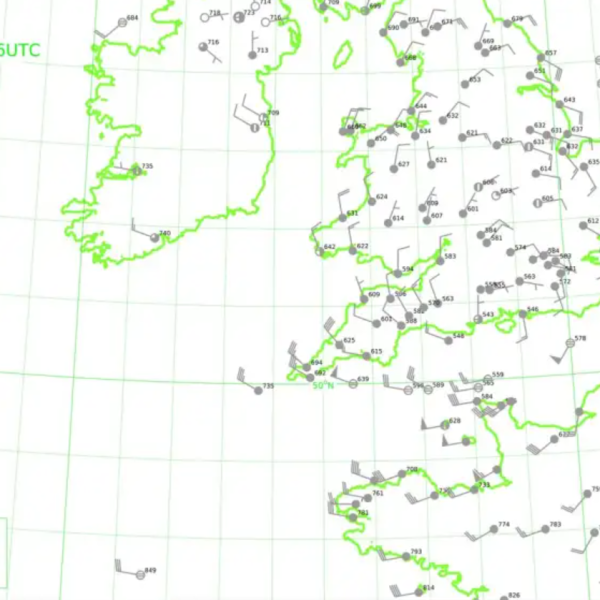- Last modified: April 26, 2024
A study from the University of Reading, published in npj Climate and Atmospheric Science, has demonstrated that machine learning-based weather forecasts can match the accuracy of traditional methods while being faster, more cost-effective, and less resource-intensive. The research, centered on the November 2023 Storm Ciarán, revealed that AI could predict such extreme weather events with precision comparable to conventional models but noted that the AI tended to underestimate the storm’s peak wind speeds.
Professor Andrew Charlton-Perez, the study’s lead, remarked: “AI is transforming weather forecasting before our eyes,” emphasizing the rapid integration of AI in producing reliable 10-day global forecasts swiftly. The study tested four AI models against traditional forecasts during Storm Ciarán, finding that while the AI accurately tracked the storm’s progression and large-scale atmospheric conditions, it fell short in capturing the maximum wind speeds. This gap highlights areas for further enhancement in AI forecasting to ensure better protection against extreme weather.
Featured image: Surface land and ship station SYNOP observations of Storm Ciarán at 06 UTC 2 November 2023 extracted from the MetDB database, which holds data including surface and upper air observations and some satellite data. Credit: npj Climate and Atmospheric Science (2024). DOI: 10.1038/s41612–024–00638-w







